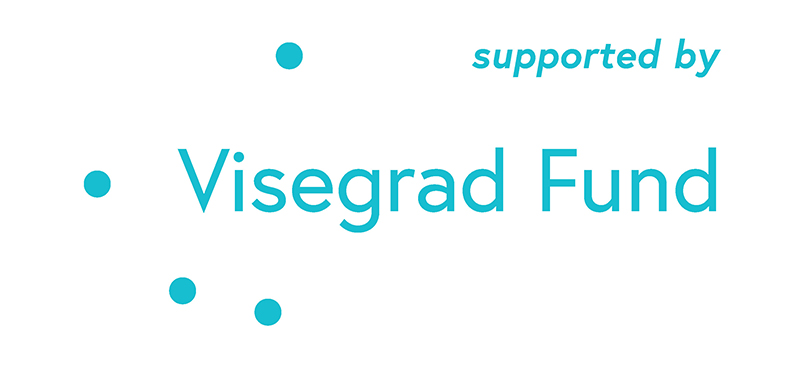Industry 4.0 has revolutionized the way companies in Indonesia operate by using emerging technologies and machine development to improve industrial processes. However, the advancements don't stop there. Quality 4.0, an extension of Industry 4.0, uses technology to enhance quality management and improve market share, innovation, and brand recognition. In this blog post, we will delve deeper into the concept of Quality 4.0 and discuss a proposed four-layer decision-making architecture that uses AI models and techniques to forecast the quality of manufactured products.
The proposed architecture includes a data exploration layer, feature engineering layer, comparison layer, and model interpretation layer. By implementing this architecture, we aim to create an intelligent model for product quality prediction in Industry 4.0. To test our proposed architecture, we experiment with different hyperparameters using machine learning platforms and compare the results of different models. We also discuss related studies on AI in Industry 4.0 and time series forecasting.
One study we discuss is a scientific paper that aimed to better understand a dataset by analyzing its size, quantity, and distribution. The authors performed a raw data visualization and verified that the dataset was free of missing, negative, or null data. As the dataset was a time series, they also checked its stationarity using the Dickey-Fuller test. The dataset had 16 columns representing process variables and an output column indicating the product's quality evaluation. The authors used various techniques such as quantile outlier removal, feature selection (using filter, wrapper, and embedded methods), and data balancing (using oversampling and undersampling techniques). They compared the results of different approaches and found that feature selection followed by data balancing was the best approach for their case study. Finally, they discussed the importance of time series forecasting in making predictions based on timestamped historical data.
Another study we discuss proposes an approach for product quality monitoring in an industrial context using different AI models. The authors compare three categories of algorithms: statistical models, machine learning models, and deep learning models. They use various models such as the ARIMA model, Random Forest, XGBOOST, Stacked LSTM, and Transformer-based model for time series prediction. They use LIME interpreter for AI interpretability to monitor the variables and identify potential problems and model errors. The authors experiment with two approaches for feature engineering and find that feature selection followed by data balancing returns the best scores accuracy and roc_auc wise. They integrate the proposed approach as a module within ADDIXO's smart factory system to make early decisions about the product's quality. The authors plan to experiment with more industrial datasets and use Temporal fusion transformer architecture in their future work. The evaluation of all the phases using the appropriate methods and metrics has shown good results, proving the effectiveness of the proposed approach.
In conclusion, Quality 4.0 is an essential extension of Industry 4.0 that uses technology to enhance quality management in industrial processes. The proposed four-layer decision-making architecture using AI models and techniques to forecast the quality of manufactured products has shown promising results in related studies. By implementing this architecture, companies in Indonesia can improve their productivity and performance, making them more competitive in the market. The use of AI in Industry 4.0 and time series forecasting is a rapidly growing field, and we can expect to see more advancements and studies in the future.
Authors
Ben Abdallah Ben Lamine, S., Kamoua, M., & Grioui, H. (2022, August). Quality prediction in a smart factory: a real case study. In Proceedings of the 26th International Database Engineered Applications Symposium (pp. 161-165). https://doi.org/10.1145/3548785.3548796
